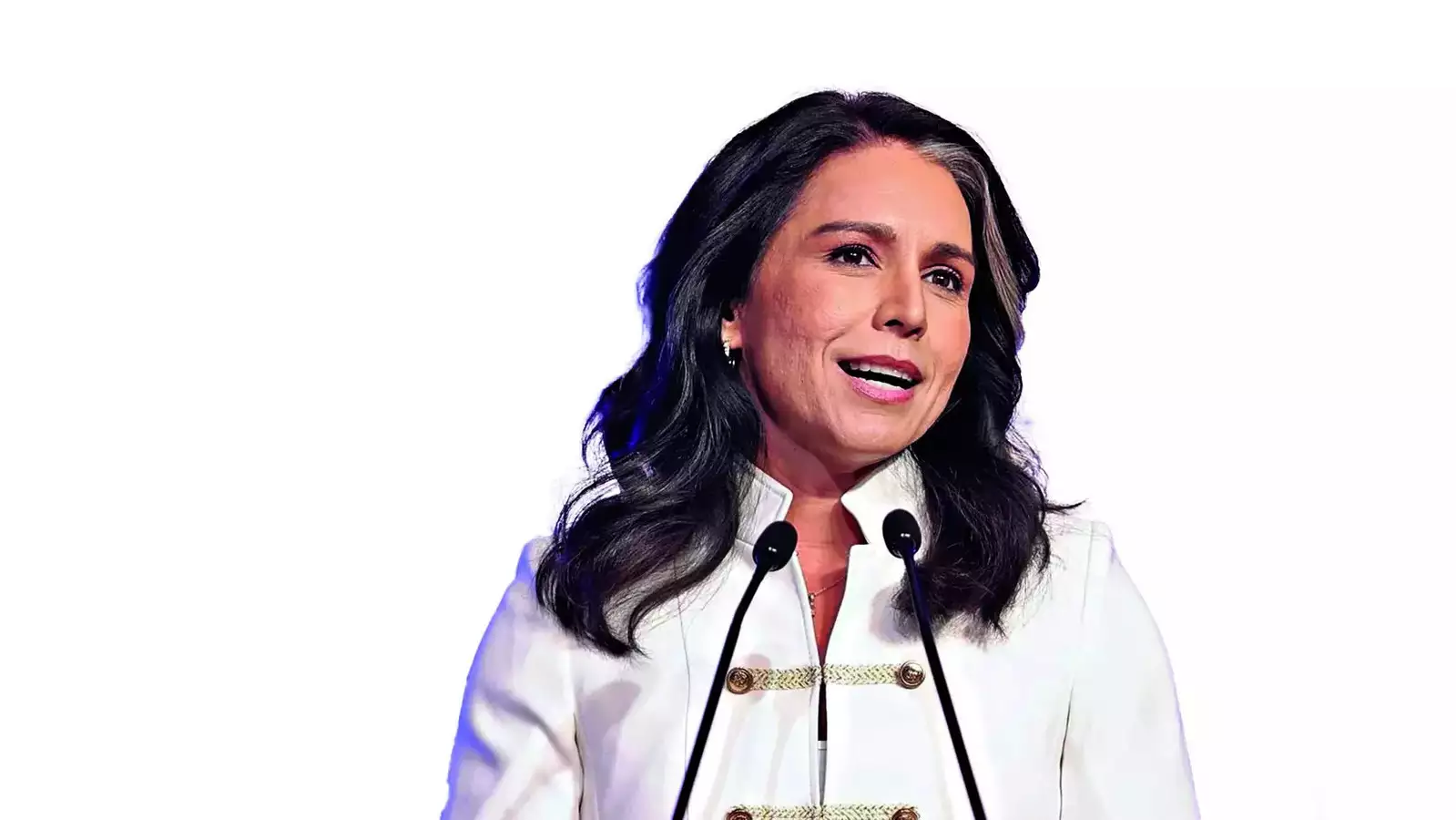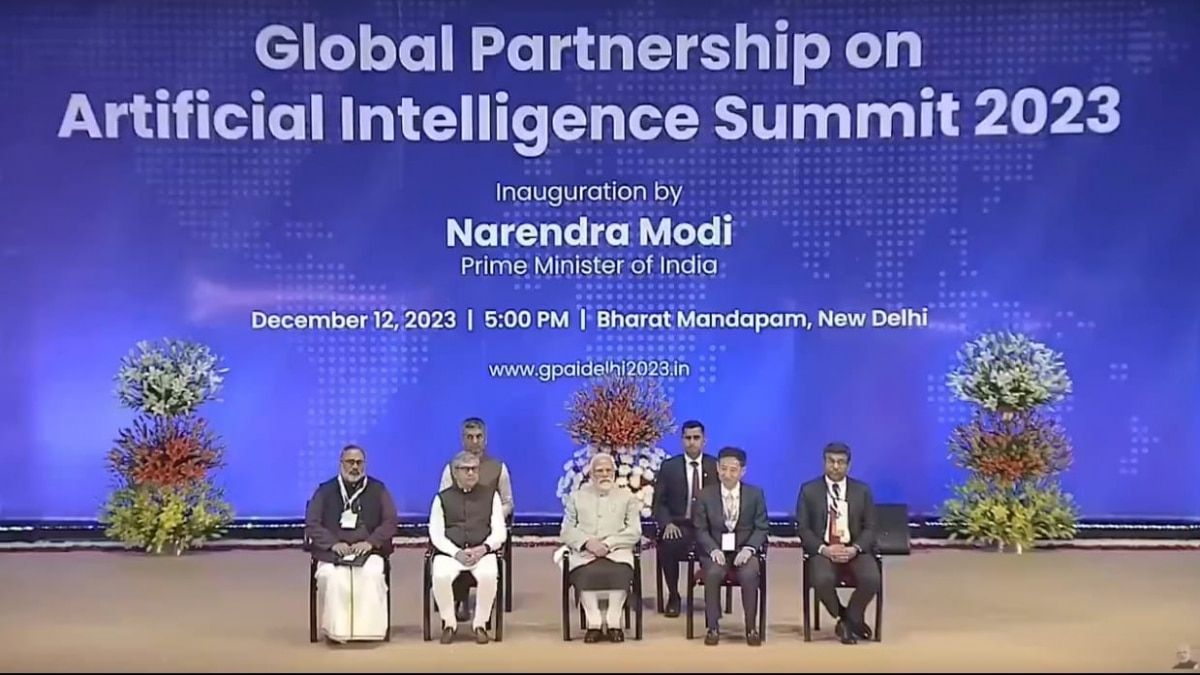On December 13, 2023, the GPAI Ministers convened in New Delhi for their annual summit, hosted by the Ministry of Electronics and Information Technology (MeitY) in collaboration with the Centre for Responsible AI (CeRAI) at IIT Madras. Blessed by the presence of Honorable PM Narendra Modi, the event included a Research Symposium and a Global AI Expo. This year’s symposium, themed “Responsible AI in Public-Sector Applications,” provided a global platform for researchers to share insights. The Expo showcased AI innovations addressing critical challenges and benefiting society, with the participation of industry leaders, policymakers, innovators, and stakeholders from 38 countries and the EU, including Mr. Ashwini Vaishnaw, serving as the Minister for Railways, Communications, Electronics & Information Technology; and Mr. Rajeev Chandrasekhar, holding the position of Union Minister of State for Entrepreneurship, Skill Development, Electronics & Technology, and Jal Shakti in Government of Bharat.
GPAI collaborates to negotiate a consensus on the approach to AI by crafting a declaration document. Here is what the GPAI’s New Delhi Ministerial Declaration says:
GPAI New Delhi Ministerial Declaration
1. We, Ministers of the Global Partnership on Artificial Intelligence (GPAI), convening in New Delhi on 13th December 2023:
2. Reiterate our unwavering commitment, since the GPAI Council Meeting in Japan last year, to the principles for responsible stewardship of trustworthy AI and values reflected in the OECD Recommendation on AI, as noted in GPAI’s Terms of Reference, rooted in democratic values and human rights, safeguarding dignity and well-being, ensuring personal data protection, protection of applicable intellectual property rights, privacy, and security, fostering innovation, and promoting, trustworthy, responsible, sustainable and human-centred use of AI.
3. We further affirm our commitment to continue to work within our respective jurisdictions to advance safe, secure, and trustworthy AI, including, as appropriate, through the development of relevant regulations, policies, standards, and other initiatives.
4. We acknowledge the noteworthy progress and achievements under the leadership of Japan as the 2023 Lead Chair with India as the Incoming Support Chair and France as the Outgoing Support Chair. This includes significant efforts related to the strengthening of GPAI as a diverse and inclusive multistakeholder initiative.
5. We applaud the contributions of the Multistakeholder Experts Group (MEG) towards the GPAI projects. We affirm our commitment to supporting the sustainability of GPAI projects by undertaking the adoption of relevant projects, in line with country-specific contexts and priorities as well as the shared interests and priorities of the GPAI community.
6. We recognize the rapid pace of improvement in advanced AI systems and their potential to generate economic growth, innovation, and jobs across various sectors as well as to benefit societies. We acknowledge the need to harness new opportunities and mitigate the risks arising from the development, deployment, and use of such technologies. This includes concerns around misinformation and disinformation, unemployment, lack of transparency and fairness, protection of intellectual property and personal data, and threats to human rights and democratic values. We further acknowledge the need for equitable access to resources, which must be considered, accounted for, or addressed in order for societies to benefit from and build competitive AI solutions. We underscore GPAI’s pivotal role in addressing contemporary AI issues, including generative AI, through applied AI projects aimed at addressing societal problems and global challenges, maximising the benefits and mitigating associated risks.
7. We support the intention of India, as Lead Chair for 2024, in its endeavour to promote collaborative AI for global partnership among GPAI members by supporting projects aimed at promoting equitable access to critical resources for AI research and innovation, such as AI computing, high quality diverse datasets, algorithms, software, testbeds, and other AI-relevant resources in compliance with applicable intellectual property protections and data protection legislations. We reaffirm the importance of fostering (US DEL an) equitable AI ecosystem (US Add s) that ensures diverse, inclusive and multistakeholder engagement, including from under-represented groups and communities facing vulnerabilities towards the responsible design, development, deployment, and sustainable use of trustworthy AI.
8. We support the development, in a collaborative manner, of necessary knowledge, skills, infrastructure, policies, risk management frameworks and governance mechanisms to effectively and responsibly leverage AI technologies and applications, including among low and middle-income countries to harness the potential of AI advancements and manage the associated risks, including ensuring robust protection of rights, safety, and security.
9. We embrace the use of AI innovation in supporting sustainable agriculture as a new thematic priority for GPAI. We acknowledge the importance of promoting the development of and access to risk-proportionate trustworthy AI applications for ensuring sustainable food production systems and implementing resilient agricultural practices that increase productivity and production, help regenerate ecosystems, strengthen capacity for mitigation and adaptation to climate change, extreme weather, drought, flooding and other disasters, and that progressively improve land and soil quality, as well as promote inclusion and empowerment of workers in the agricultural supply chain.
10. We commend the efforts undertaken by India, the incoming support chair, the GPAI secretariat, the Expert Support Centres, and the Executive Council to foster enhanced member-expert collaboration and increase the visibility of GPAI, through efforts such as the member-facilitated GPAI working group convenings and the GPAI Innovation Workshop.
11. We are committed to continuing and strengthening our advocacy efforts to enhance the public visibility of GPAI’s outputs and facilitate the adoption of relevant work wherever feasible.
12. We note the international community’s efforts over the year to drive international collaboration on AI. To this end, we acknowledge GPAI’s contribution to the G7 leaders’ statement on the Hiroshima AI Process, the Bletchley Declaration, and the G20 New Delhi leaders’ declaration as steps towards working together, in an inclusive manner, to promote trustworthy AI that supports the good of all.
13. We reaffirm our dedication to strengthening GPAI’s independent and unique identity as a key multilateral initiative for practical approaches to advancing the trustworthy development, deployment, and use of AI. We are committed to positioning GPAI as a nodal initiative that plays a key role in global cooperation on AI innovation and governance, along with its expert support centres. Towards this, we support GPAI’s further engagement with other relevant international fora such as the G20, G7, OECD, UNESCO and other UN bodies, to leverage synergies and avoid duplication of efforts.
14. We reaffirm our commitment to pursuing a diverse membership, with a particular focus on low and middle-income countries to ensure a broad range of expertise, national and regional views and experiences based on our shared values. We are committed to ensuring that GPAI’s mission has a global impact, and helps address diverse global and societal challenges.

 Entertainment2 years ago
Entertainment2 years ago
 Entertainment8 months ago
Entertainment8 months ago
 Exclusive2 years ago
Exclusive2 years ago
 Entertainment2 years ago
Entertainment2 years ago
 Exclusive2 years ago
Exclusive2 years ago
 World2 years ago
World2 years ago
 Exclusive10 months ago
Exclusive10 months ago
 National2 years ago
National2 years ago







